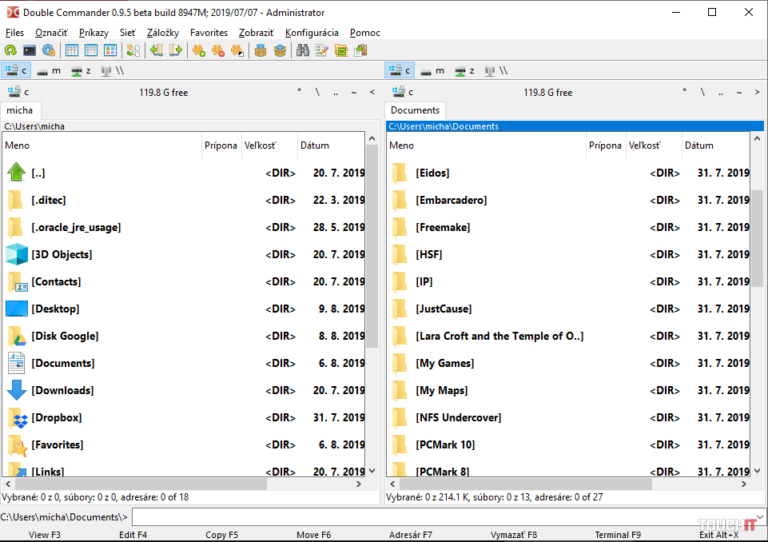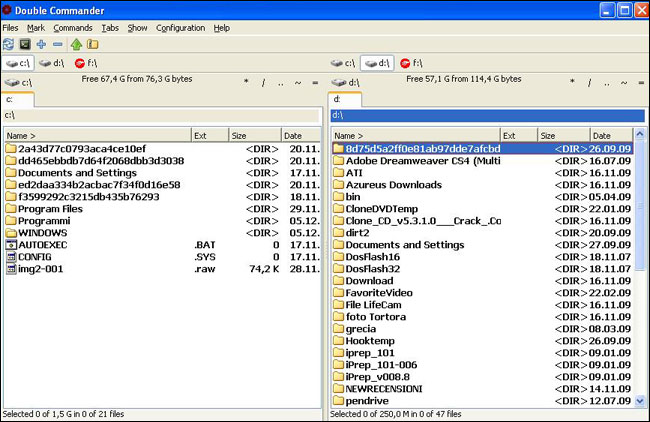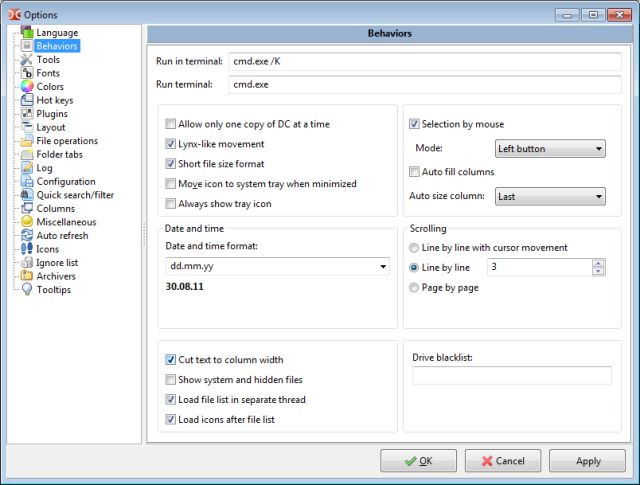
The shader permutations are traded against some amount of quality to ship a title at 60Hz on consoles.

Like TAA, Temporal Upsample comes with faster shader permutations for Post Process Quality 3 and 4. Shader Performance Permutations for Anti-Aliasing Quality Normal Anti-Aliasing methods (TAA, MSAA, and FXAA) won't be able to use this option. It also allows for primary screen percentage changes to be hidden by dynamic resolution allowing it change more often to match the GPU budget as closely as possible.Īutomatic View Mip Bias only happens when TAAU is enabled. It also allows them to converge to sharper images than what a spatial-only upscale could provide but comes at a higher cost since a larger number of post processes run at a higher resolution. Instead of performing temporal integration with the Temporal Anti-Aliasing (TAA) and then doing a primary spatial upscale, both happen at the same time in the Temporal Anti-Aliasing Upsample (TAAU) shader. In addition to Primary Spatial Upscale, a second upscaling technique is also supported for the primary screen percentage: Temporal Upsample. It will fall back to using the primary spatial upscale as if it were disabled. However, if a Post Process Material is inserted after the tonemapper, the tonemapper won't do the upscale. The tonemapper integrates a simple bilinear color space spatial upscale that can be used for performance reasons when enabled using a value of 1. It controls the quality in which screen percentage and Windowed Fullscreen mode scales the 3D rendering.ĭirectional blur with unsharp mask upsampleĥ-tap Catmull-Rom bicubic, approximating Lanczos 2 (default)ģ6-tap Gaussian-filtered unsharp mask (very expensive, but good for extreme upsampling)Īlternatively, you can control how the tonemapper pass is handled by using the following console variable: When upscaling the render targets, the quality of the upscale can be defined by using the following console variable: For example, if the current resolution is set to 1920x1080 and a screen percentage of 83% is used, the render targets will be resized to an approximate resolution of 1600x900 before being upscaled back to 1920x1080. Spatial Scaling happens before the UI, scaling the image to the screen resolution it will be output to.

The screen percentage has been lowered (indicated by the narrower render targets before UI), creating a lower resolution image for the render targets. With Spatial Upscaling, anything drawn before the UI is at a lower or higher resolution based on the Screen Percentage used.
#Double commander high dpi full#
The conceptual idea of how screen percentage works for all the buffer render targets that make up the image rendered on screen for a single GPU frame can be shown as follows:įor each GPU frame, all the render targets use their full resolution throughout the pipeline. All of this takes place before the user interface (UI) is drawn and can have an impact on performance. Or, when the screen percentage is increased (rendering at a higher resolution), it is scaled down to your current screen's resolution, which is called super sampling.

Using a lower screen percentage (or lower resolution) and then upscaling it is called upsampling. The Primary Spatial Upscale (or primary screen percentage) works by rendering the screen resolution at a percentage of the screen and then scaling it to fit your current screen resolution. Secondary Spatial Upscaling does a second and final spatial upscale pass, independently of the Primary upscaling pass. It is based on the idea of rendering a frame at a lower resolution and then upscaling it before the user interface (UI) is drawn. Primary Spatial Upscaling is the same screen percentage that has been used previously. Prior to Unreal Engine 4 (UE4) version 4.19, you only had to change the screen percentage, but it has now been split into two types of scaling during the rendering pipeline: Primary and Secondary Spatial Upscaling. Being able to adjust the screen percentage enables your games to maintain a balance between performance and image resolution quality. Screen Percentage is a resolution scaling technique used to render a lower or higher resolution image than what is actually being presented. Most of this will directly affect those developing projects for Virtual Reality (VR) which will break backward compatibility in most cases. The release of Unreal Engine 4.19 makes some significant changes to how Screen Percentage works.


 0 kommentar(er)
0 kommentar(er)
